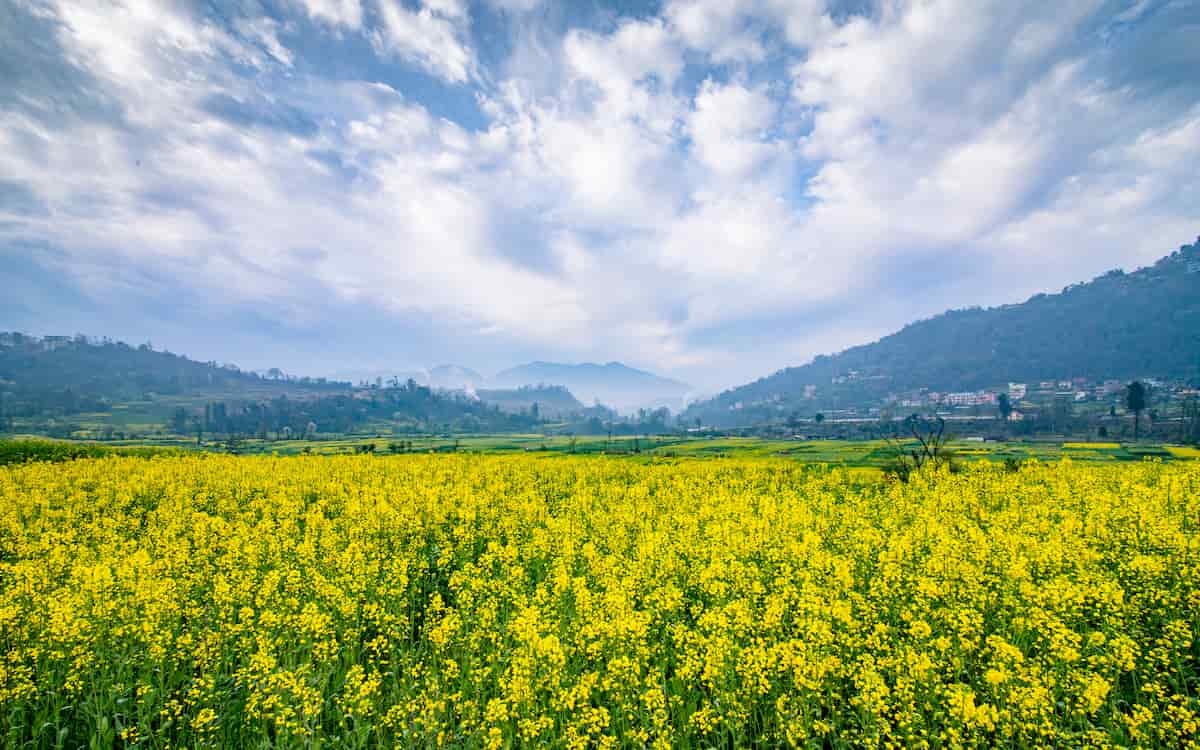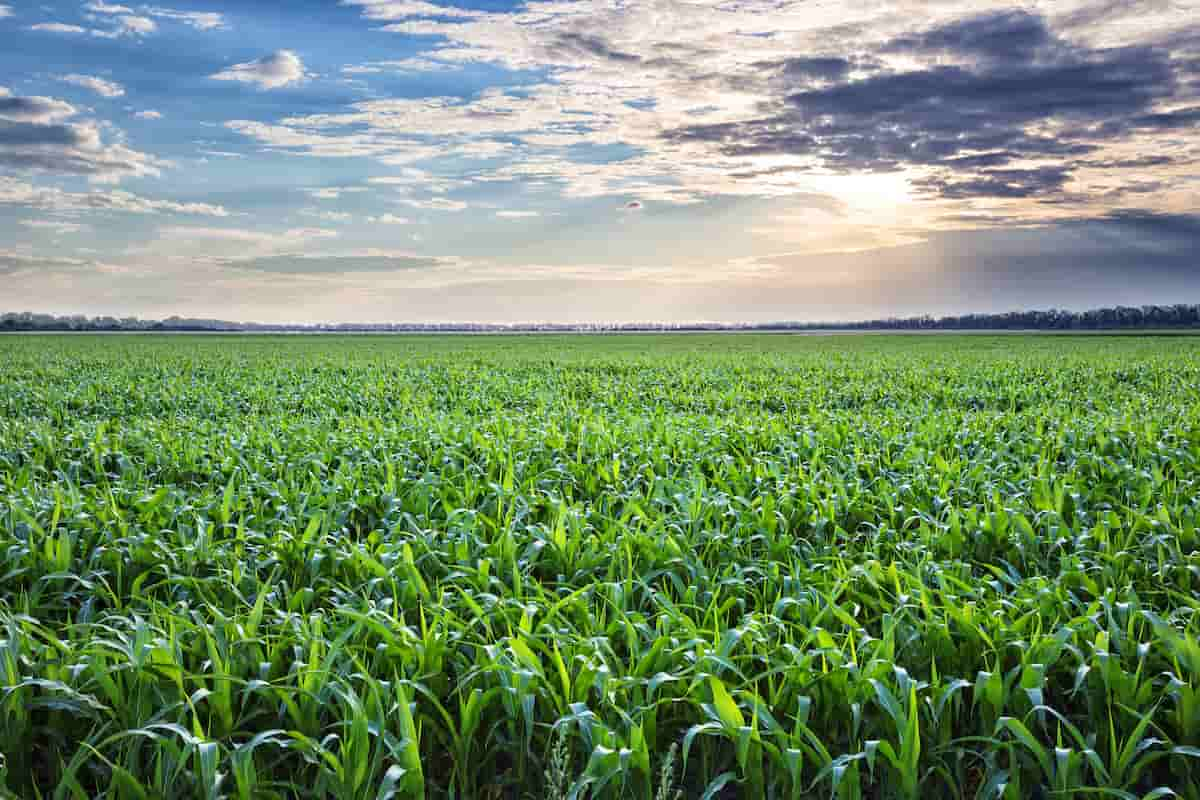In no-tillage farming, seeds are directly sown into soil tilled with crop residues left over from the previous crop. No-till is another name for it. A special no-till seeding machine uses discs (low disturbance) or narrow tine coulters (high disturbance) to open a narrow slot in the residue-covered soil just wide enough for seeds to be planted.

Ideally, weed seeds should not be brought to the surface and should not be stimulated to germinate by moving soil as little as possible. There is no other soil tillage operation. There is a good chance that previous crop residues will remain undisturbed at the surface of the soil as mulch.
Pros and Cons of No-Till Farming
Pros of No-Till Farming
A Farmer Saves Time and Money by Using It
The plowing step is skipped by farmers who use no-till farming. As a result, they will not have to pay for labor or fuel associated with plowing. Farmers who own large plots of land tend to save even more.
It Improves the Soil Structure
The constant tilling of soil disrupts it in the long run, especially if it is repeated. Soil organisms rely on carbon for growth and development, which is released when the soil is disturbed. As a result, no-till farming ensures these organisms thrive, the soil becomes healthier, and the soil has the nutrients and water it needs to grow crops.
Crop Growth Requires Less Water
Instead of plowing under crop residues to help create additional soil components, no-till farming leaves them on the field’s surface. As a result, these organic materials enable the field to absorb water more easily, reduce evaporation, and also minimize runoff.
Beneficial Microbes and Insects Increase
No-till farming increases soil health and yields. As a result of the farming method, soil microbes are increased, resulting in a healthier food production network that supports many soil microorganisms and insects.
It Helps Prevent Soil Erosion
Plowing loosens the soil, causing it to lose moisture and be blown away by the wind. Floods or heavy rains could erode much of the soil at such a time. After a harvest, no-till farming leaves residues that protect the soil from erosion. Furthermore, soil loss can be easily replaced over time, which results in fewer issues with frost and better water absorption.
It Fits in the Scope of Combating Climate Change
Since no-tillage farming minimizes soil disturbance, it can contribute to the climate change agenda by reducing greenhouse gas emissions. Organic material such as soil acts as a natural store of carbon.
It reduces Soil Compaction
Traditionally, tilling equipment is heavy and presses down water and air that be present in soil pockets. The soil pockets are important in allowing water, crop roots, and soil organisms to move freely. Using no-till technology significantly reduces the equipment used, thus reducing soil compaction.
In case you missed it: How to Bring Soil Health to Life: Making the Most of No-Till

Cons of No-Till Farming
Initial Costs of No-till Equipment are High
Eventually, the farmer may have to spend more on equipment. Additionally, the farmer will have to sell old tillage equipment and downsize or eliminate tractors if newer technologies become available. Diversified cropping requires smaller, narrower, and more timely seeding equipment.
Formation of Gullies
A long period of no-tilling can result in gullies becoming deeper every year. Because the fields are not continually smoothed with tillage, erosion is hidden. Grass waterways, underground tile lines, and cover crops are recommended to help intercept and carry runoff from the field. It is important to maintain a high mulch cover to prevent gully formation and runoff.
Increased Use of Chemicals
The practice of no-till farming might help curb the growth of fast-growing weeds. No-till farms do not eliminate weeds, however, and require the use of herbicides to eliminate them. Soil, air, and surrounding water bodies might suffer from the continued use of such chemicals.
The Risk of Carrying Over Diseases
Weeds take over the land after harvest when the land is left alone. Crops suffer a lot before harvest, including these weeds and other crop diseases. Diseases usually die off after harvest and can be controlled after tilling. If crop residue is not incorporated into the soil after harvest, these plant diseases could be carried over. Thus, subsequent crops will be infected by the land’s disease. Alternatively, farmers can rotate crops and plant those not susceptible to these diseases. In addition to providing a home for pests, vegetation could also conceal weeds.
It Takes Time to Reap Benefits
For some areas, no-till farming may take some time before reaping its benefits. When a farm hasn’t been farmed for decades, it will take quite a while for yields to improve after just one season. Patience is required to regain soil structure through no-till farming, and this can’t be accomplished in just one planting season.
Some Soil Types Might Not Support it
When you start no-tilling, you will need to plant other crops that will reduce the impact of these issues. Even with a change in growth patterns, heavy clay soils and soil types may not be able to benefit from such a farming method. Thus, anyone interested in joining no-till farming must consult local experts to determine whether their fields can support the farming method.
The Fields Cannot be Used For Other Purposes
The fields were traditionally used for growing crops and later for grazing and bailing. The no-till farming method prevents farmers from using their fields to create grass crops or benefit livestock. It is because residues from previous seasons must be left uniformly on the fields for use in the current season. A farmer will not benefit from the farming method if there are limited land resources or if residues are taken from the fields.
In case you missed it: The Future of Robotic Weeders in Agriculture Farming

Conclusion
Because of its many benefits, No-Till has become increasingly popular as an essential practice of sustainable agriculture. The soil structure is preserved, soil erosion and runoff are reduced, water absorption and infiltration are improved, and irrigation efficiency is increased. Furthermore, no-tillage promotes the biodiversity of insects and microorganisms in the soil, making it healthier and more stable.
- Feed Your Flock for Less: Top 10 Tips to Save on Chicken Feed
- Ultimate Guide to Ossabaw Island Hog: Breeding, Raising, Diet, and Care
- Hatching Answers: The Top 10 Reasons Your Chickens Aren’t Laying Eggs
- Eggs and Economics: Breaking Down the Cost of Raising Backyard Chickens
- Defend Your Greens: Proven Methods to Keep Iguanas Out of Your Garden
- Ultimate Guide to Cinnamon Queen Chicken: A Comprehensive Guide for Beginners
- Ultimate Guide to California Tan Chicken: Breeding, Raising, Diet, Egg-Production and Care
- Ultimate Guide to Marsh Daisy Chicken: Breeding, Raising, Diet, and Care
- 10 Types of Chicken Farming Businesses You Can Start for Profits